Earth
Sign up for our newsletter
We summarize the week's scientific breakthroughs every Thursday.
-
 Science & Society
Science & SocietyThe economics of climate change and tech innovation win U.S. pair a Nobel
Climate change and tech innovations inspired the new Nobel Memorial Prize winners in Economic Sciences.
By Bruce Bower -
 Climate
ClimateLimiting global warming to 1.5 degrees versus 2 has big benefits, the IPCC says
A new report from the Intergovernmental Panel on Climate Change compares the impact of warming targets on extreme weather, sea level rise and habitat loss.
-
 Climate
ClimateHow wind power could contribute to a warming climate
If the United States had enough wind turbines to generate all of its power, they would warm the country by 0.24 degrees Celsius on average.
-
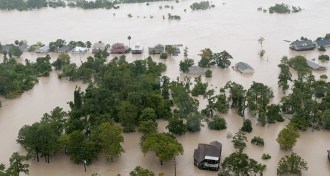 Climate
ClimateTracking how rainfall morphs Earth’s surface could help forecast flooding
After Hurricane Harvey, scientists used GPS networks to track how Earth’s surface morphed under the weight of floodwaters.
-
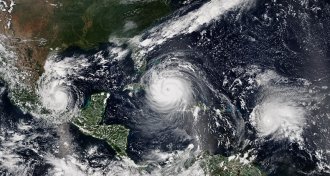 Climate
ClimateWarm tropical Atlantic waters juiced the 2017 hurricane season
Anomalously warm ocean waters in the tropical Atlantic Ocean drove 2017’s hurricane powerhouses.
-
 Materials Science
Materials ScienceThis reflective paint could keep sunbaked buildings cool
A new type of polymer coating that reflects sunlight to control heat could supplement or replace air conditioning systems.
-
 Psychology
PsychologyShahzeen Attari explores the psychology of saving the planet
Merging psychology with engineering, Shahzeen Attari probes how people think about conservation, energy use and climate change.
By Bruce Bower -
 Earth
EarthChristopher Hamilton explores the architecture of other worlds
Planetary scientist Christopher Hamilton uses Earth’s volcanic structures are a blueprint for how lava shapes other worlds.
-
 Planetary Science
Planetary ScienceReaders contemplate water on Mars and more
Readers had questions about the significance of finding water on mars, air pollution from wildfires and spray-on sensors.
-
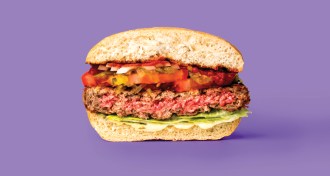 Agriculture
AgricultureCan science build a better burger?
Researchers hope to replace whole animal agriculture and feed the world with lab-made meats or plants.
By Susan Milius -
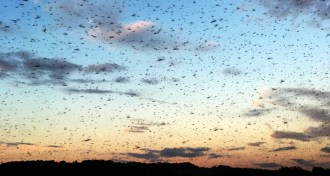 Ecosystems
EcosystemsConfused mayflies wreak havoc on a Pennsylvania bridge
Cleaning a river in central Pennsylvania brought back mayflies, which now pose a threat to motorists crossing a bridge.
-
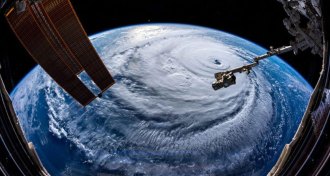 Climate
ClimateHere’s how climate change is fueling Hurricane Florence
Scientists take a stab at predicting climate change’s influence on Hurricane Florence.